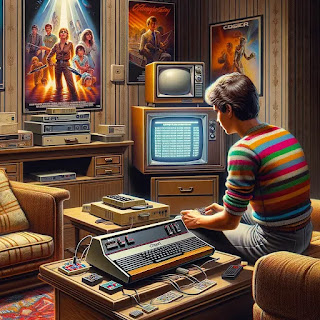Last Friday I had the chance to be part of a panel on AI at the Carson Center for Emerging Media Arts as part of a larger symposium (more here). It was a great event and I leaned a lot from the main speakers. After the morning speakers set a somewhat somber tone for the potential outcomes we were asked to try and present some of the positive outcomes that might emerge from AI (not just generative) in our respective fields.
I brought up three possible contributions to education:
1. Making teachers' lives easier. Easing the pressure on teachers by providing strategies that help reduce workload in non-instructional tasks such as assessment scoring, planning, letter and parent newsletter writing, etc. This does not replace the need to actually reduce the workload by shifting demands but augments it in ways that will free teachers to focus on what they do best—teaching students.
2. Creating differentiated plans. While curriculum authors and teacher education provide many ideas about how to differentiate instruction, the workload to differentiate instruction for every relevant lesson can be quite significant depending on class size and variability. An AI that can learn from assessment and teacher planning can become an excellent companion, allowing for robustly differentiated instruction with a record that can potentially move with students to subsequent grades or new educational environments (for example, mobility between schools).
3. Tutoring students and supporting less qualified teachers. The Global South has been experiencing teacher shortages in rural areas, and these shortages are expanding worldwide. Tailored AI can support less qualified teachers and tutor students. While this situation is less than ideal, AI can fill in the gaps until we can create better systems to support teaching.
For these to be successful, school systems must be able to create sequestered, safe instances of AI that can be tailored and protective of student, family, and teacher data. Without such instances, schools should not use AI systems in any way that has access to student data. The goal for researchers should, therefore, be creating these instances through specialized API and examining its impact on teachers and students.










.jpg)